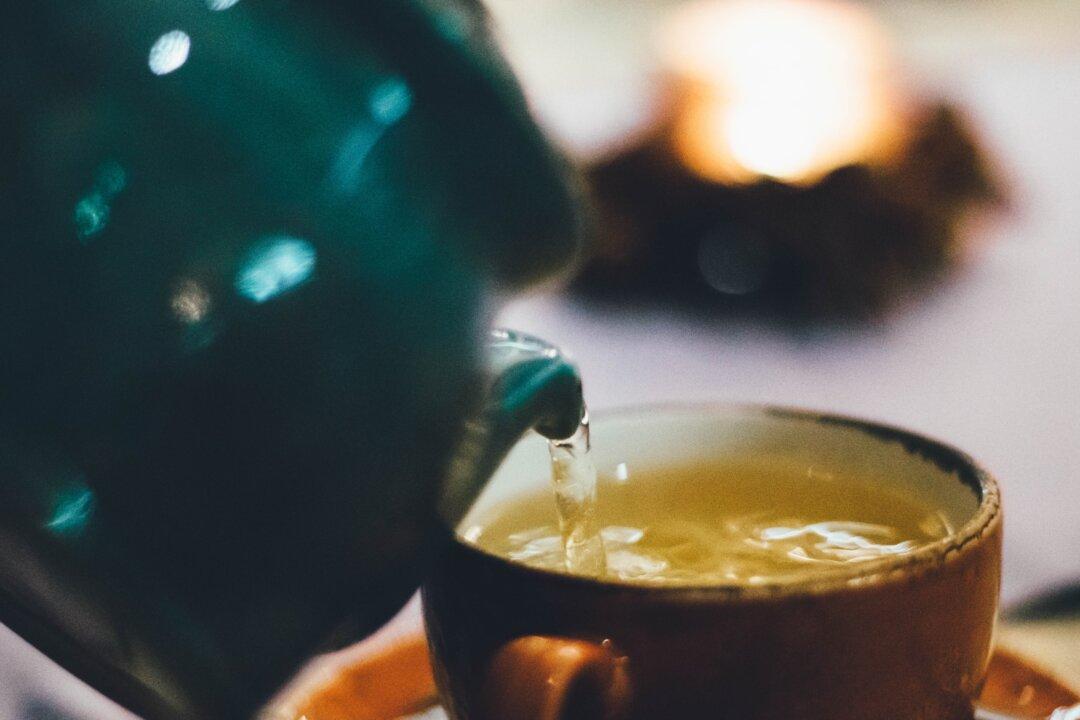Although you can get a cold throughout the year, most people have a higher risk of the common cold in the winter and spring months. One of the most common symptoms is a sore throat. The Guardian characterizes the common cold as having “the twin distinction of being both the world’s most widespread infectious disease and one of the most elusive.”
According to data collected from 142,377 participants in the Rochester Epidemiology Project, upper respiratory disease, excluding asthma, was one of the top five reasons this population sought medical care.






